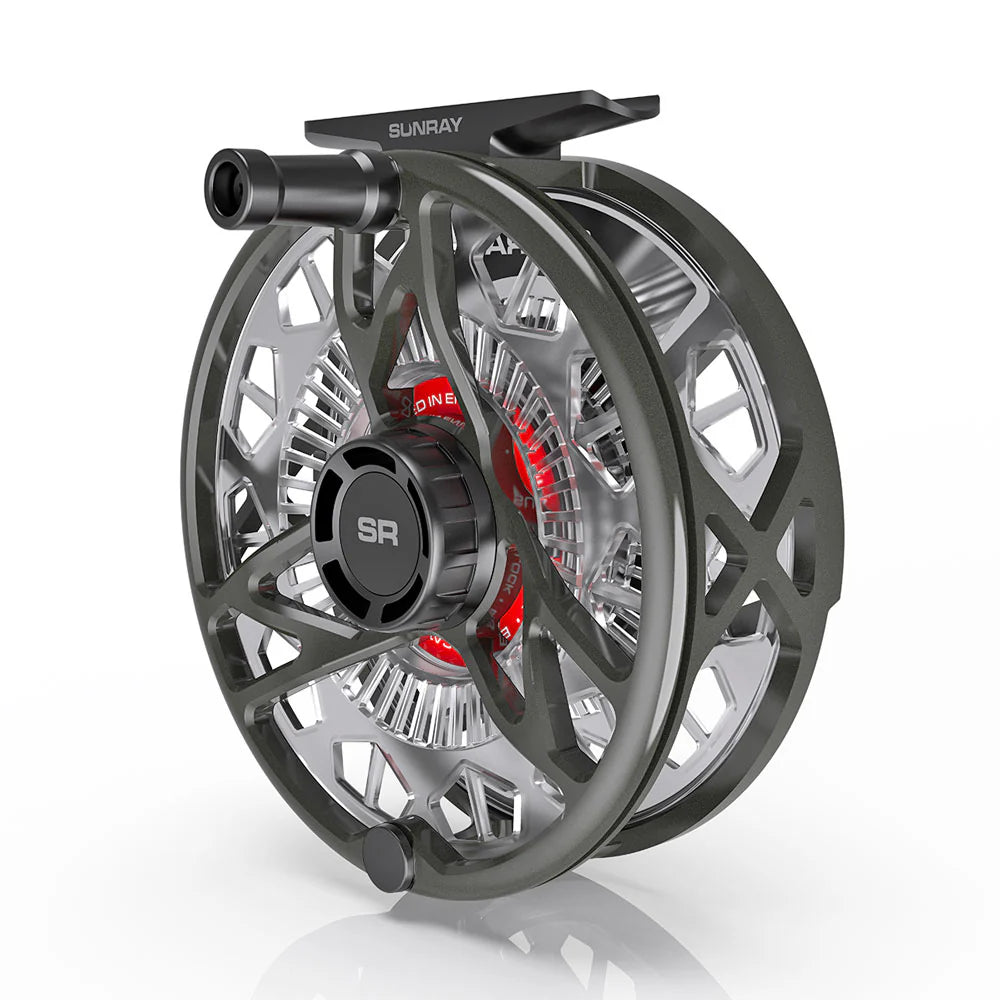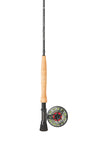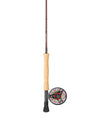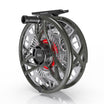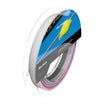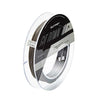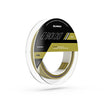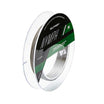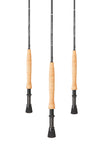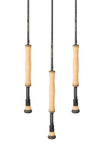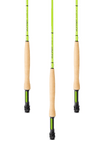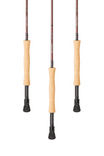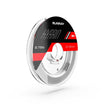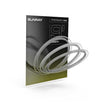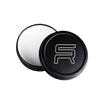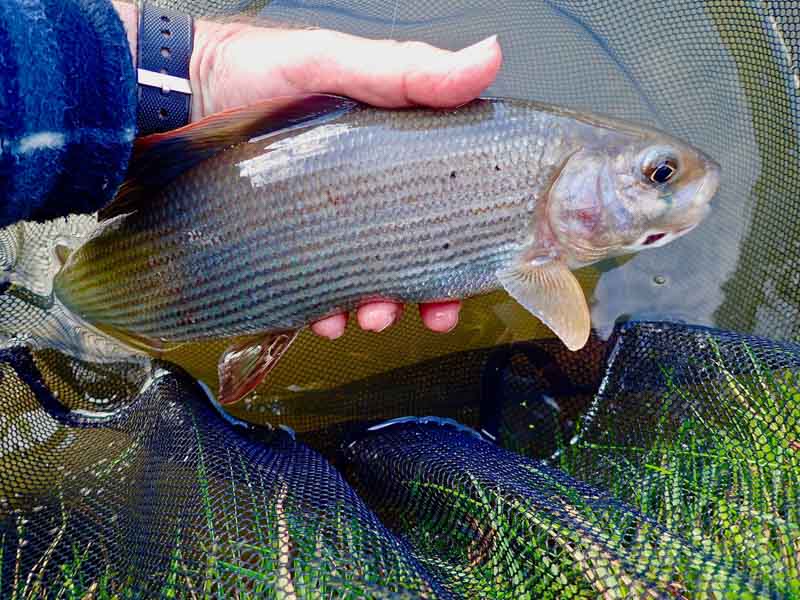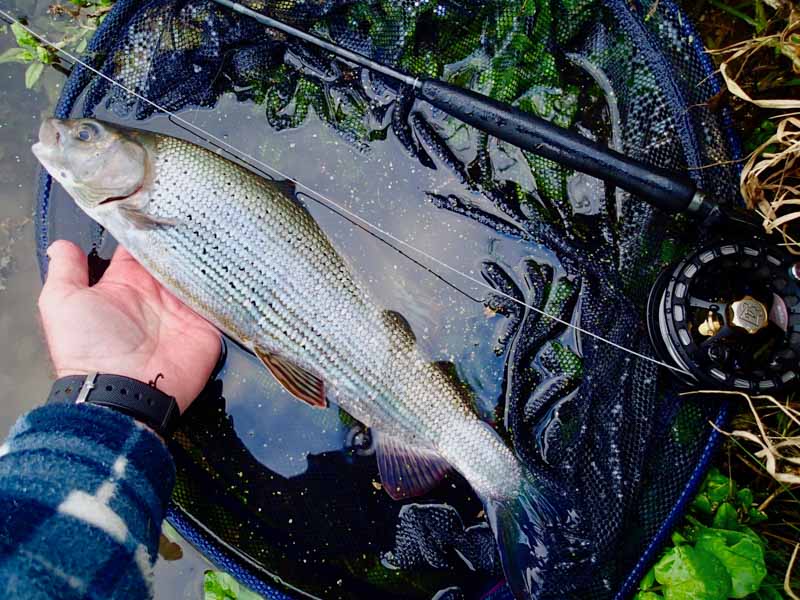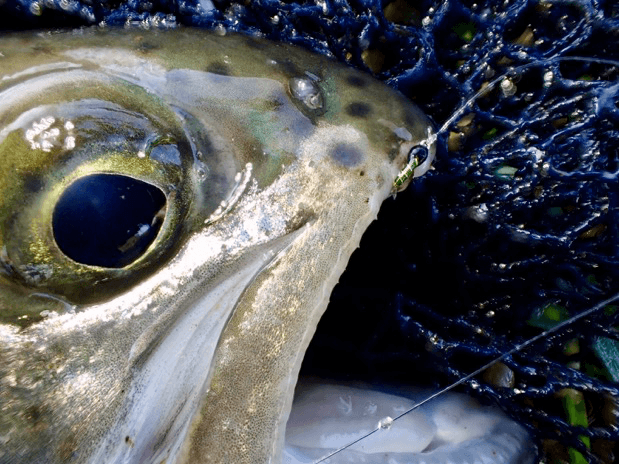By David Southall
Well we’re into November & the traditional grayling season. Covid restrictions mean that I’ve had to fish locally. Unfortunately my closest grayling water, Driffield Beck, has suffered over the years from heavy cormorant predation. As a result there are very few grayling in the parts of the river that I have access to, but some are very big. This autumn water levels are low & the beck is clear so sight-fishing is possible making it easier to find a fish to target. On a good day I might see between two & half a dozen decent grayling to target.
On many days I see none. Since there are so few grayling & since the water is only 3 miles from my home I tend to choose sunny days when sight-fishing is optimised & I rarely fish for more than a couple of hours. If I find a fish or two to target I give it a go, otherwise I just have a pleasant walk along the river. My choice of tactics is two fold. For certain spots, where flows demand, I use a 14’ 6” soft actioned Tenkara rod & a 0.275mm diameter level fluorocarbon line at the end of which is a 5x tippet of about 4’ & a heavily weighted size 16 to 12 Shrimp (pink or orange), a size 14 to 10 Orange weighted Utah Killer Bug or a Silver Bead Partridge & Hare’s Ear Spider. Only if the fish refuse these flies do I try anything else. Most of the time I use my Sunray Volition 10’ 2 weight or Microlite 10’ 4 weight rod with a 1 weight Jeremy Lucas line, 7’ tapered leader (tapering from 0.43mm to 0.20mm) to which I attach an 18” tricoloured semi-curly tricoloured monofilament indicator and 5x tippet about 1.5x the water depth (approximately 4’) with a single fly. Since I am normally targeting visible fish the indicator is only used to detect a take when the light conditions are poor.
I normally watch the fish for any indication that it has taken my offering. Often the fish are not in a feeding mood & even when they are it can be important to get the presentation right. Sometimes they want to take the fly ‘on the drop’, sometimes ‘dead drifted’ & at other times subtly moved to ‘induce a take’, so it pays to vary the presentation when required & this is made much easier when you can see the fish & the fly.
Another very local water is Wansford Trout Lake, the settling pond for the local trout farm, which is fed from the chalk stream system that flows into Driffield Canal. The lake has a distinct flow & the grayling tend to congregate around the faster flow of the inlet. Tiny Midges are the primary food source for the small resident grayling population in this heavily silted water. As a result my most frequently chosen tactic is to fish a single very small Bloodworm imitation (size 22 weighted with a 1.5mm or 2mm tungsten bead) or Micro-Buzzer Pupae (sizes 24 to 30 tied with 0.09mm coloured wire & a 1.5 mm tungsten black bead head on size 24 or just wire on smaller sizes). The flies are suspended under a well greased tricoloured semi-curly monofilament indicator, although whenever possible I sight-fish, watching the fish for any indication that it has taken my fly. Tippets need to be very fine when presenting such tiny flies, typically 8x/0.09mm diameter & a soft actioned rod is required to avoid breakages. My choice of rods is a 10’ 2 weight Sunray Volition or a 10’ 6” Sunray Zero (the 10’ 2 weight Microlite or 10’ 6 “ Microlite would both be ideal).
A little further afield is Pickering Beck, a small spate stream that flows off the North Yorks Moors. In the 2010/11 winter cormorants devastated the grayling stocks, but fortunately they are recovering. It is not a big-fish water. The typical grayling run from 6” to 13” with an occassional bigger one. It is very shallow with only a few pools that are greater than two feet in depth. As a result, when surface food is available, the grayling are free risers. In November, on windy days, Aphids will tempt fish to the surface, as will the occassional Sedge, Stonefly or a late season Large Dark Olive. At such times my favoured tactic is to fish a size 24 to 30 CdC IOBO Humpy, a size 16 F Fly or a size 18 or 20 Shuttlecock at the end of a 12’ leader with 8x or 7x tippet. Since the stream is narrow & heavily tree-lined I use either an 8’ 1 weight Orvis rod or a 7’ 6” 2 weight Sunray Microlite teamed up with a 0 weight or 1 weight Sunray jeremy Lucas line. I know that Tom recommends the Stuart Crofts’ lines for rods under 9’ since they load a rod far better at short range but I love the super delicate presentation of the Jeremy Lucas lines & as mentioned in earlier Blogs I use the Italian Style of casting the dynamics of which requires the use of a line 1 or 2 weights lighter than the rod’s normal designation. On cold, calm days with no fly life active, such as I encountered the day before writing this (9th November 2020), I have to fish subsurface for any chance of sport. The river was still a bit high after recent rain but had cleared nicely. I opted for a couple of lightweight flies fished under a well greased New Zealand Wool Indicator, a size 16 lightly leaded Pink Shrimp on a dropper & a size 16 Bill Eadie Grayling Slayer with either a 2mm or a 2.5mm copper tungsten bead on the point. The advantage of the Wool indicator over my usual semi-curly Tricoloured indicator is the ability to easily change the depth to accommodate the rapidly varying depths of the beck (typically 1’ to 4’) & to suspend the point fly so that it only just trips the bed of the river. Both flies caught equal numbers of fish & I landed a total of 14 grayling during the afternoon, a pleasing result considering that the water had been heavily fished by bait anglers from 8am & into the afternoon.
If you, like me, are addicted to grayling I hope that Covid 19 does not prevent you from having a good winter.


